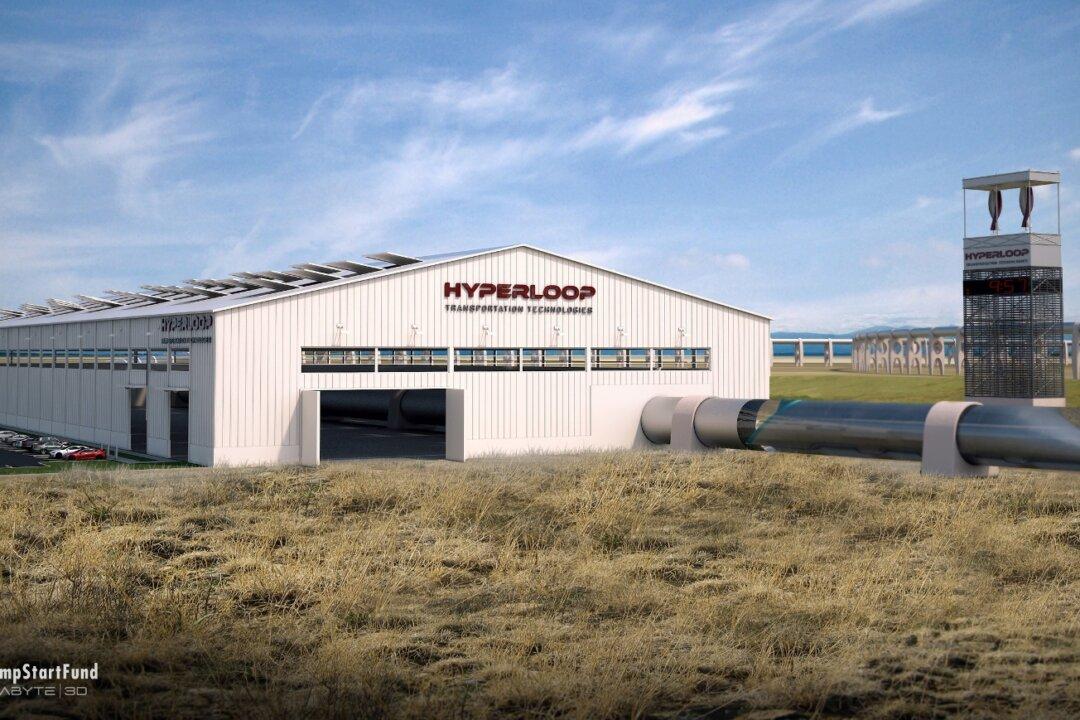Two years ago, when Elon Musk published his 57-page blueprint for a 354-mile hyperloop, which could be described as a giant pneumatic tube, that would transport people between San Francisco and Los Angeles much faster than a hypothetical railway, the world dismissed the project as bad science fiction.
Musk passed the idea onto the public because the CEO of SpaceX and Tesla already had enough on his plate. Incredibly enough, others in the tech industry tried to bring the fantastical idea to life. The incubator JumpStarFund founded Hyperloop Transportation Technologies (HTT), which recruited engineers from companies like NASA, Boeing, and of course SpaceX and Tesla to work on the project part-time in exchange for stock options.





